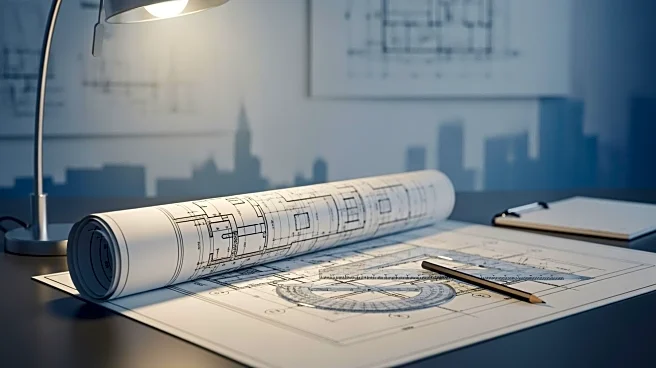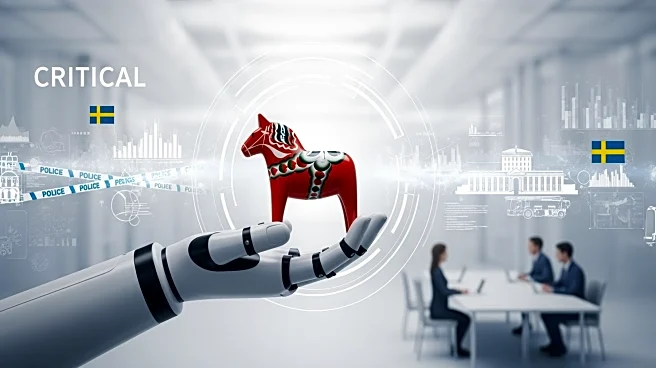What's Happening?
During a recent Construction Dive event, experts emphasized the importance of open communication in minimizing disputes on major public construction projects. The panelists advocated for the use of progressive design-build delivery methods, which facilitate
early and continuous collaboration among stakeholders. This approach allows construction to begin earlier and helps avoid common issues such as design changes and late information sharing, which can delay projects significantly. The discussion highlighted the ongoing demand for civil jobs despite economic challenges, with an estimated $500 billion in U.S. megaprojects in the pipeline.
Why It's Important?
The adoption of progressive design-build methods in construction projects is crucial for improving efficiency and reducing disputes, which can extend project timelines and increase costs. By fostering collaboration and communication, these methods can lead to better project outcomes and fewer delays. This is particularly significant given the high demand for infrastructure projects across the U.S., driven by state and local governments. The approach not only enhances project delivery but also helps manage risks and adapt to unforeseen challenges, such as those posed by the COVID-19 pandemic.
What's Next?
As the construction industry continues to evolve, stakeholders may increasingly adopt progressive design-build methods to enhance project delivery. This could lead to more streamlined processes and improved collaboration, potentially setting new standards for public construction projects. Stakeholders, including contractors and government agencies, are likely to explore innovative strategies to further reduce disputes and improve efficiency, ensuring that projects are completed on time and within budget.
Beyond the Headlines
The shift towards progressive design-build methods reflects broader changes in the construction industry, emphasizing the importance of communication and collaboration. This approach may influence future project management practices, encouraging transparency and early involvement of all parties. It also highlights the need for cultural shifts within organizations to embrace direct communication and address issues proactively, which could lead to long-term improvements in project outcomes.













